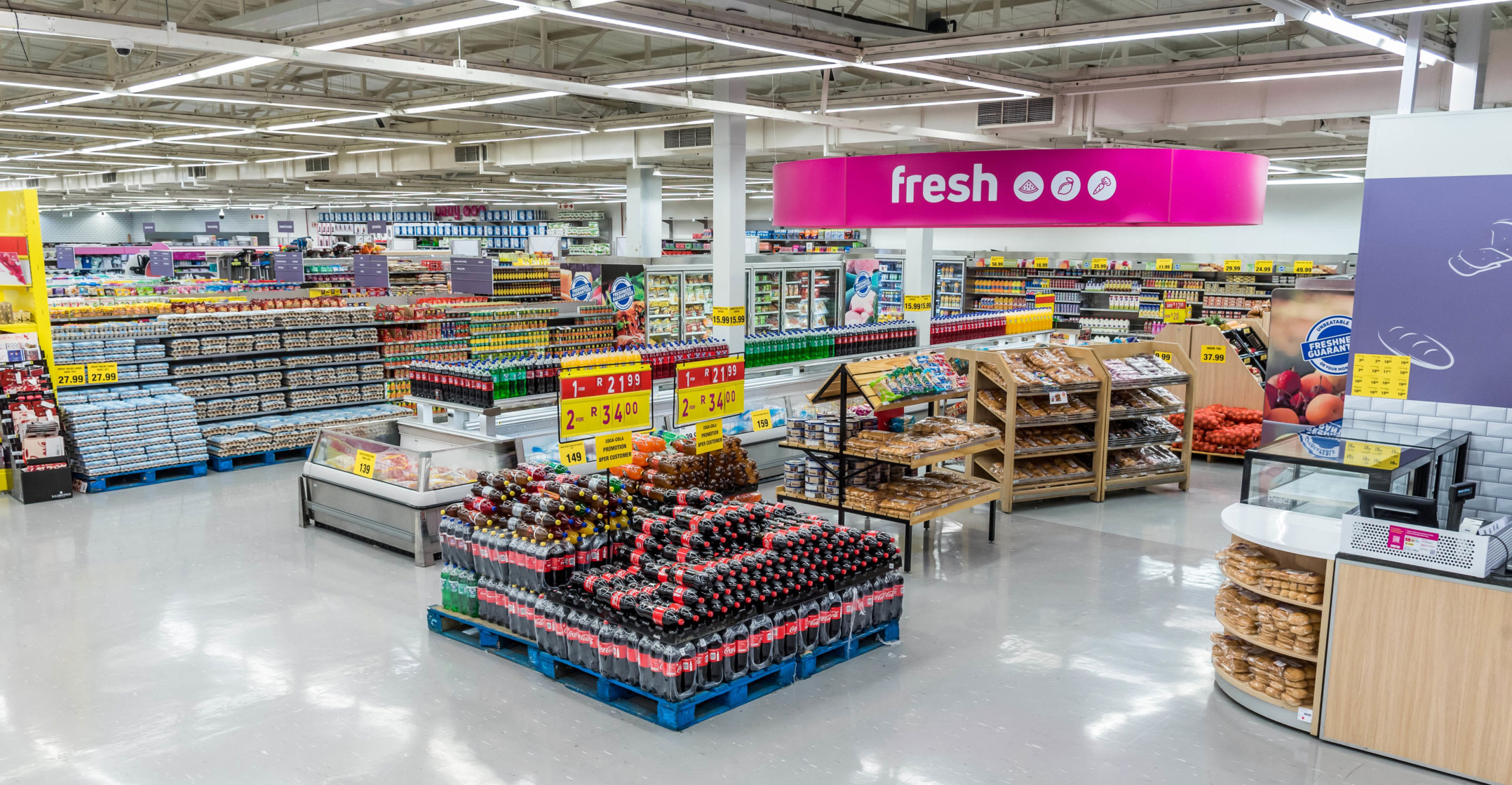How AI and Data Science Are Transforming Retail Store Layouts
Artificial intelligence (AI) and data science are revolutionizing how retailers optimize product placement to boost sales. What was once an art form based on experience and intuition is now a data-driven science, uncovering hidden insights that enhance customer shopping experiences.
The Shift from Art to Science in Retail Layouts
Traditionally, retailers relied on a mix of data, instinct, and neighborhood insights to design store layouts. However, advancements in AI and machine learning are now enabling deeper analysis of shopper behavior, revealing patterns that even seasoned retailers might miss.
“We use data to show us patterns using machine learning and deep learning, which the normal human preconceived bias might not find or be able to see,” said Chris Shortt, CTO of Shoprite Holdings.
By combining AI-driven insights with traditional retail expertise, businesses can create more effective store layouts that cater to customer preferences.
The Famous “Diapers and Beer” Case Study
One of the earliest examples of data-driven retail optimization comes from a 1990s study by Osco Drug. Analysis of shopper receipts revealed an unexpected correlation: diapers and beer were often purchased together, particularly on Friday nights.
Retailers tested this insight by placing diapers near beer—resulting in increased sales for both products. While the story’s accuracy is debated, it highlights how data can uncover surprising shopping patterns.
AI-Powered Store Planning
Modern retailers face a complex challenge: organizing thousands of products across multiple aisles to maximize sales without disrupting the shopping experience. AI-powered solutions, such as digital twin simulations, allow retailers to test different layouts virtually before implementing changes.

European retailers are leading the way with IoT sensors, cameras, and AI to model store layouts. However, cost barriers still limit widespread adoption in regions like South Africa.
Data-Driven Store Placement
Retailers begin analyzing data long before a store is built. Factors such as geospatial data, consumer demographics, income levels, and competitor presence all influence store placement and design.
Shoprite categorizes shopping behaviors into “missions,” tailoring store layouts accordingly. For example, an express outlet may focus on quick purchases like cigarettes and snacks, while a supermarket like Checkers Hyper caters to larger, monthly shopping trips.
The Rise of Personalized Shopping
While physical stores rely on receipt and loyalty card data, online shopping platforms provide even deeper insights into customer behavior. Apps like Checkers Sixty60 track browsing habits, enabling hyper-personalized recommendations.
“We want customers to choose us for their missions every time, so the more we personalize their experience, the more we develop a segment of one,” said Shortt.
As AI continues to evolve, retailers will increasingly leverage data to create tailored shopping experiences—both online and in-store.
Read More:
- SA homeowners turn to AI to fight inflated property valuations
- The SA start-up using AI to read X-rays – and save lives
Source: TechCentral


